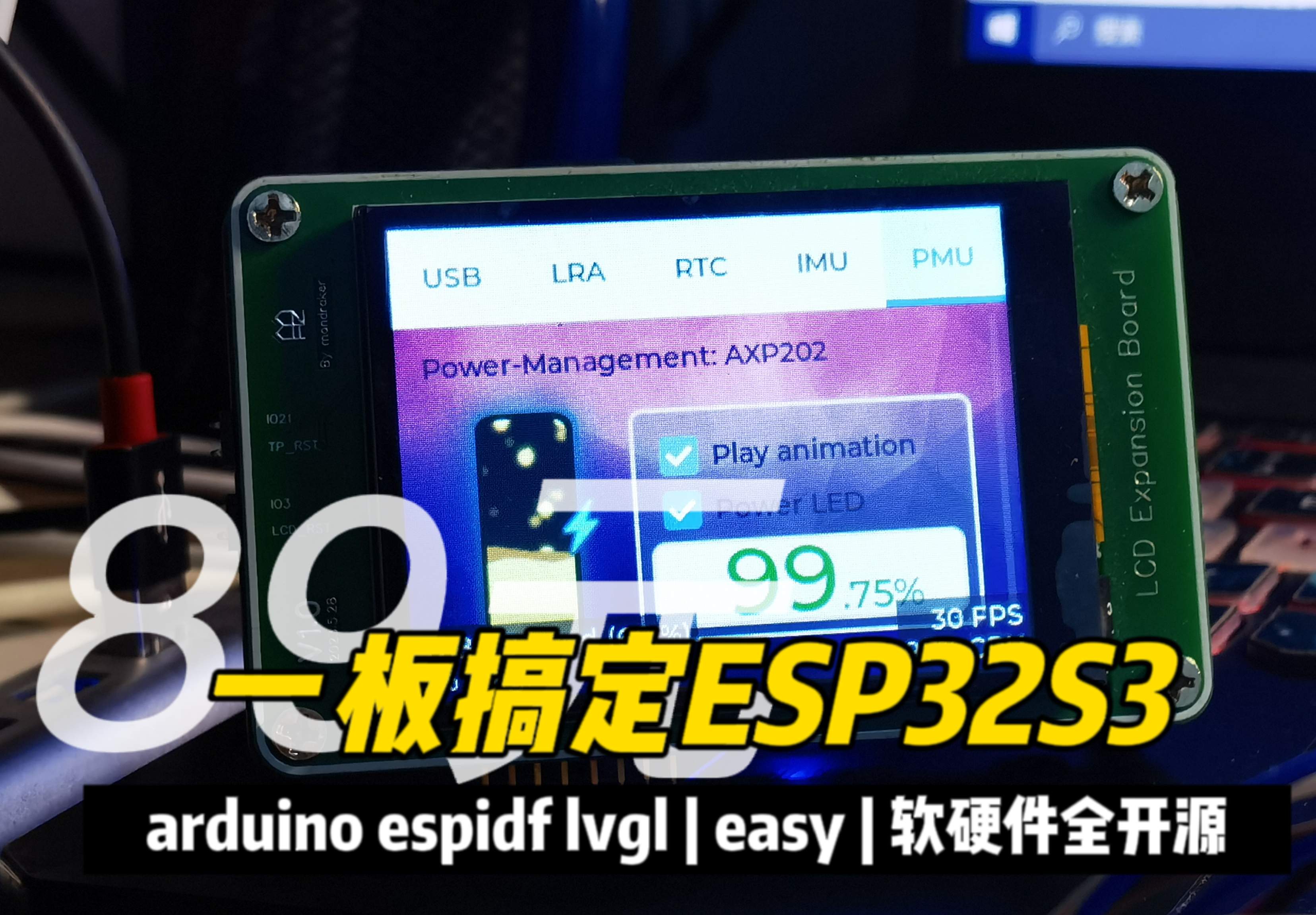 Completed
Completed[What you want] ESP32S3 full functional development board
PRO [What you want] ESP32S3 full functional development board
[What you want] ESP32S3 full functional development board
638
0
0
0
Mode:Full
License
:GPL 3.0
Creation time:2024-10-15 05:37:47Update time:2024-10-15 09:27:51
Description
Designed by mondraker (from OSHWHub)
Link:https://oshwhub.com/mondraker/jiu-shi-ni-xiang-yao-de-nei-zhon
Design Drawing
 The preview image was not generated, please save it again in the editor.
The preview image was not generated, please save it again in the editor.Add to Album
0
0
Share
Report
Followers0|Likes0
Related projects
 Empty
Empty


Comment